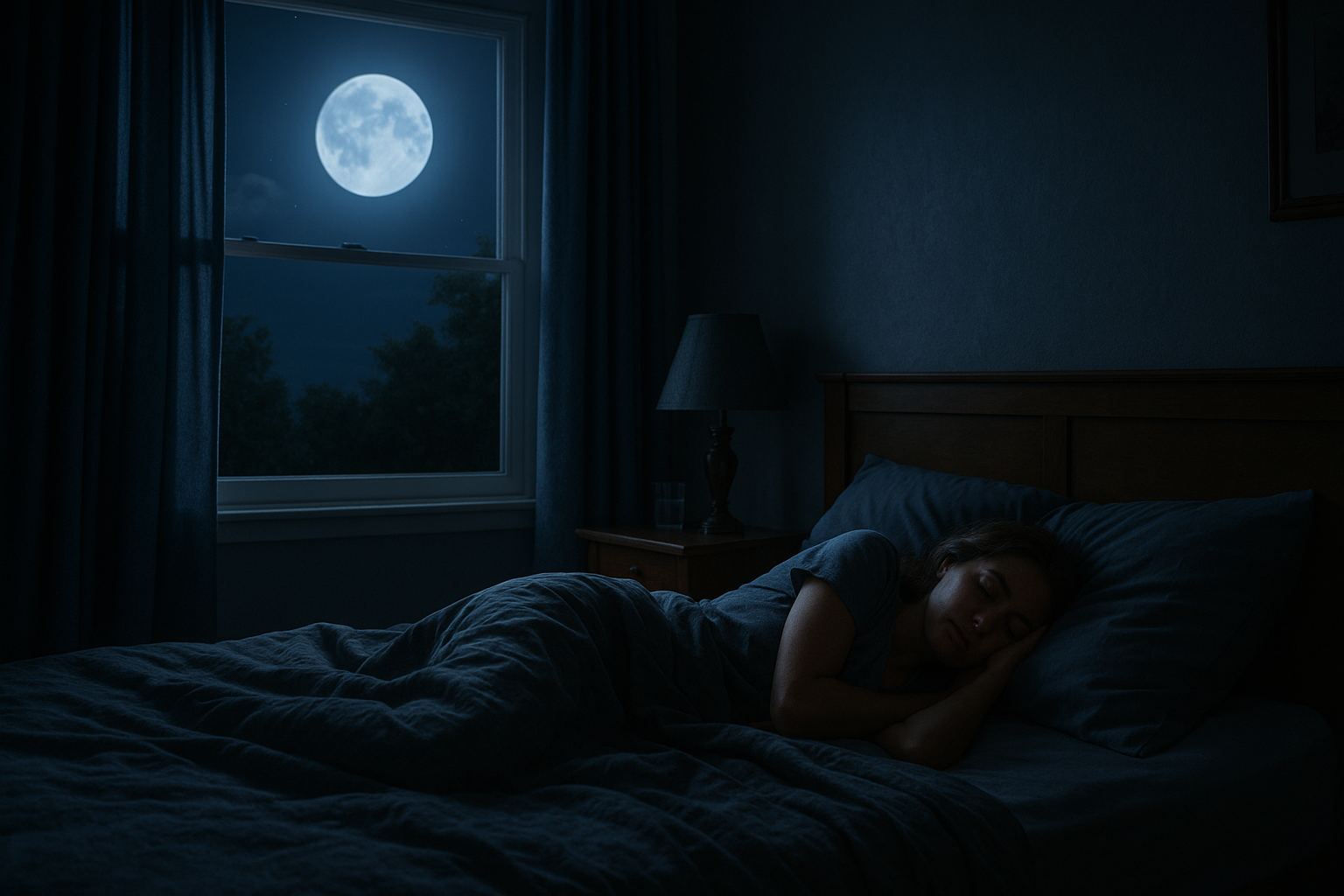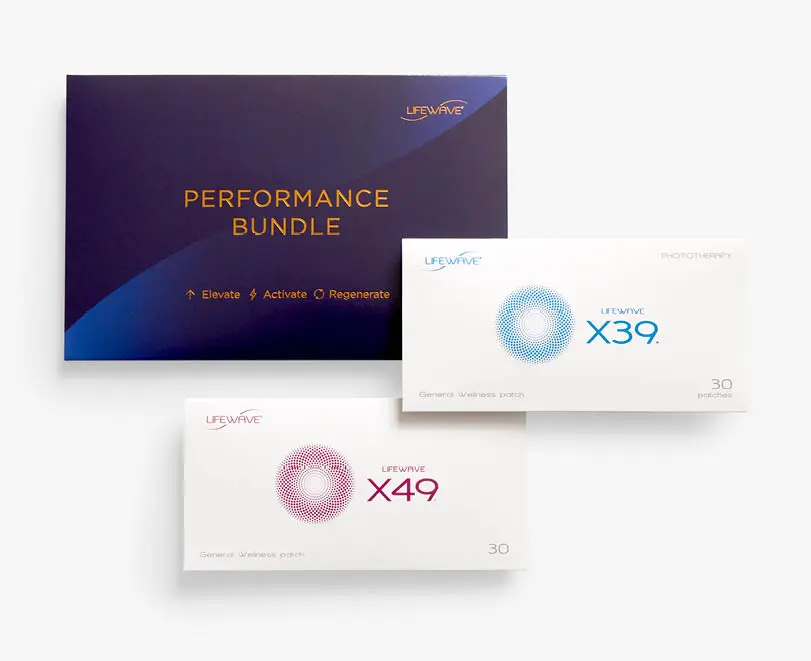Introduction
In our tech-driven world, artificial light disrupts sleep, but the moon a timeless remedy. Sleep syncing—aligning your sleep cycle with natural moonlight—can reset your circadian rhythm, enhance melatonin production, and improve sleep quality. A Science Advances study reveals that moon phases directly influence sleep architecture, impacting REM cycles and deep sleep. Ditch the sleep apps and embrace these science-backed hacks to harness the moon’s restorative power.
The Science of Moonlight & Sleep Architecture
Humans evolved under moonlight, and our biology remains finely tuned to its phases. Research in Science Advances found that during a full moon:
- REM Sleep Increases: Participants experienced 30% longer REM phases, critical for emotional processing.
- Deep Sleep Shifts: Deep sleep (N3) starts earlier, aligning with brighter moonlight.
- Melatonin Regulation: Moonlight’s soft glow suppresses melatonin less than artificial light, maintaining natural drowsiness cues.
By syncing with moonlight, you reclaim your ancestral sleep blueprint.
Moonlight Walks to Reset Melatonin
Why It Works: Moonlight’s 0.1–0.3 lux brightness gently signals your brain to adjust melatonin without disrupting sleep.
How to Do It:
- Time It Right: Walk during the waxing moon (brighter evenings) or full moon for 15–20 minutes after sunset.
- Go Barefoot: Grounding on grass enhances cortisol rhythm balance.
- Avoid Screens: Post-walk, skip phones/TVs to preserve melatonin.
Pro Tip: Live in a cloudy area? Sit near a window with moonlight visibility.
Red Nightlights for Post-9 PM Routines
Why It Works: Red light (620–750nm) minimally suppresses melatonin compared to blue light.
How to Do It:
- Swap Bulbs: Use red LED bulbs in bedrooms and bathrooms.
- Dim Everything: Install dimmers or use salt lamps for ambient light.
- Post-9 PM Rule: After sunset, avoid white lights—opt for red-light flashlights if needed.
Science Bonus: A Harvard study found red light improves sleep quality by 20% in shift workers.
Moon Phase Guide for Optimal Sleep Syncing
- New Moon: Embrace darkness—prioritize 8–9 PM bedtimes for extra deep sleep.
- Waxing Moon: Gradually extend moonlight exposure to align with increasing brightness.
- Full Moon: Maximize moonlight walks; expect vivid dreams due to prolonged REM.
Waning Moon: Wind down earlier as natural light diminishes.
Safety Tips & Mistakes to Avoid
- Stay Safe: Avoid unlit areas during moonlight walks; carry a red-light flashlight.
- Limit Exposure: Don’t stare directly at bright moonlight to prevent eye strain.
Screen Curfew: Ban screens 1 hour before bed—even with red filters.
Conclusion
Sleep syncing with moonlight isn’t mystical—it’s biological wisdom. By taking moonlight walks and switching to red lights, you’ll align with nature’s rhythm, enhance melatonin, and unlock restorative sleep. The Science Advances study confirms it; your well-rested body will prove it.
Challenge: Sync with the moon for one lunar cycle and tag #MoonlitSleep with your journey!
FAQs
Q: Can I sync sleep without a full moon?
A: Yes! Even ambient moonlight during crescent phases helps regulate circadian rhythms.
Q: What if I live in a city with light pollution?
A: Use blackout curtains and prioritize red lights indoors. Supplement with dawn simulators.
Q: How soon will I notice changes?
A: Most report deeper sleep within 1–2 weeks; full circadian reset takes 4–6 weeks.
Q: Need personalized guidance?
A: Consult a sleep specialist to tailor practices to your environment and schedule.






















